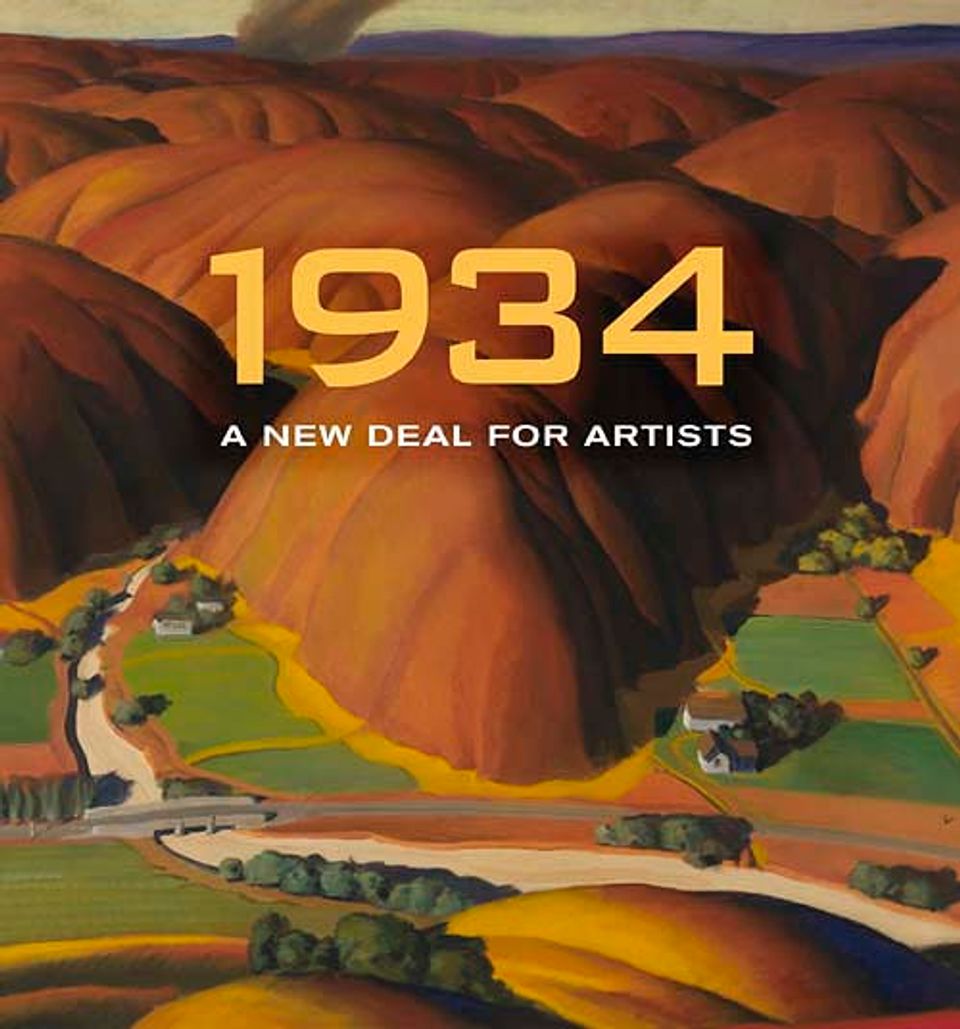Artwork Details
- Title
- Somewhere in America
- Artist
- Date
- 1934
- Location
- Dimensions
- 30 1⁄8 x 25 1⁄8 in. (76.5 x 63.9 cm.)
- Credit Line
- Transfer from the U.S. Department of Labor
- Mediums
- Mediums Description
- oil on canvas
- Classifications
- Subjects
- Object — toy — animal
- Object — fruit — apple
- African American
- Portrait female — unidentified — child
- Figure female — child — waist length
- Object — fruit — banana
- New Deal — Public Works of Art Project — New York City
- Object Number
- 1964.1.75
Artwork Description
1934: A New Deal for Artists exhibition label
In Robert Brackman's painting the red-checkered cloth and fruit plate reflect popular ideas of home and heartland in the 1930s, but the girl's wary expression makes her seem old beyond her years. During the Great Depression, scenes like this were meant to reflect the nation's strong spirit and to remind Americans of their common bonds rather than their differences. This attitude drove New Deal art projects, which aimed to appeal to broad audiences and affirm shared values. But Brackman's title suggests that he wanted his viewers to think about a class of Americans who were largely excluded from the optimistic imagery that prevailed.














